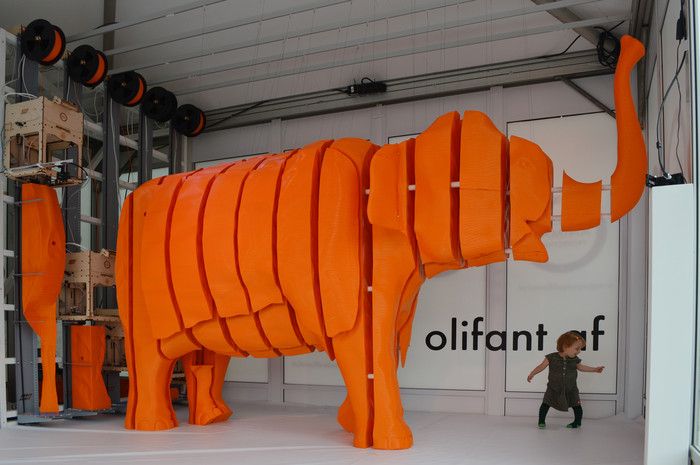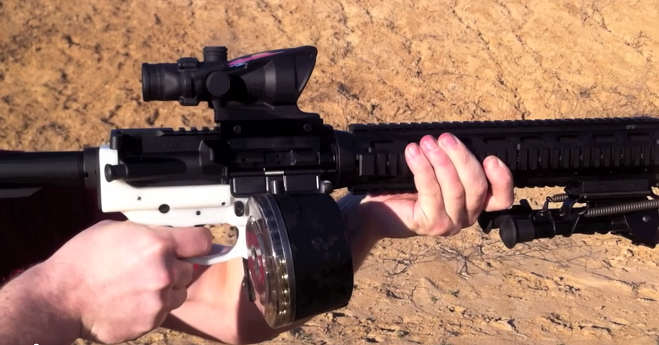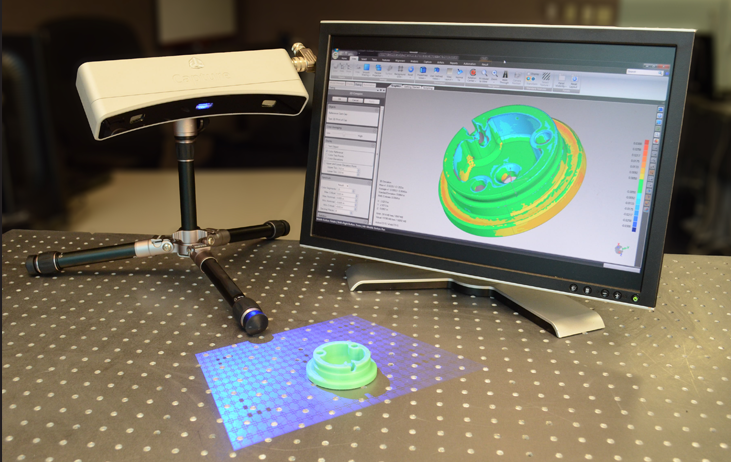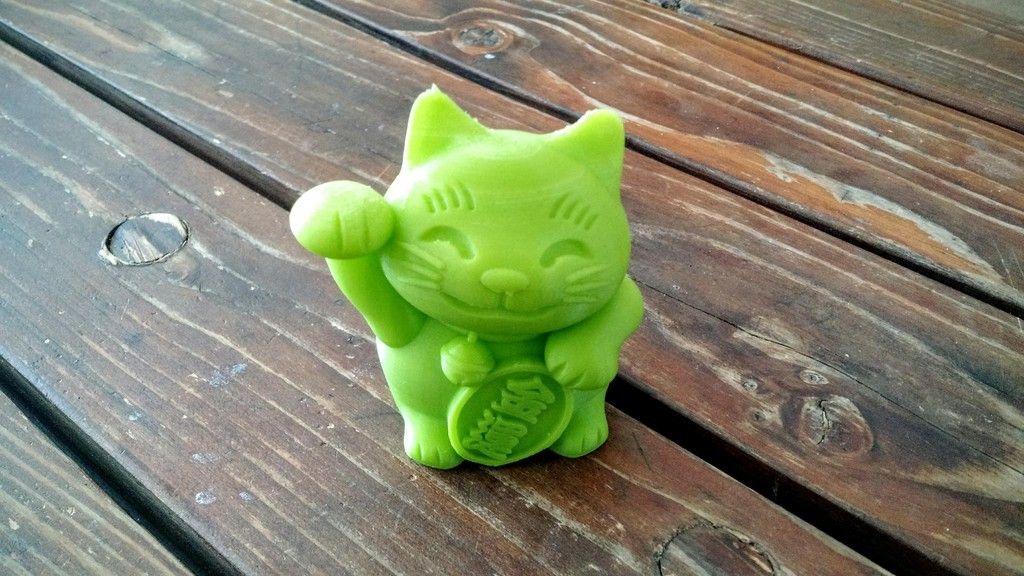3D image printing technology using holography
3D Hologram Printer
The First Desktop 3D Hologram Printer
Pre-Order!
LitiHolo
3D Hologram Printer
Kickstarter Success -
Pre-Order open soon!
The First Desktop
3D Hologram Printer
Make true laser-recorded hologram portraits, holograms from computer graphics or CAD designs, and 3D hologram art, printed right on your own 3D Hologram Printer.
Early Pre-Order 3D Hologram Printer
(Estimated delivery 2022.)
Your Desktop 3D Hologram Printer
When you see a hologram, it’s that "Wow!" moment. It’s a piece of 3D science magic, and you just want to reach out and touch it. But it was at the MIT Media Lab, doing research in holography and spatial imaging, that LitiHolo founder, Paul Christie, realized how few people had access to true hologram technology. LitiHolo was started to change that.
We’ve created the first desktop 3D Hologram Printer.
How do you "print" holograms?
The 3D Hologram Printer takes multiple perspective images, captured from a camera, video footage, or rendered from a typical 3D graphics design. The images are sliced into unique recordings for each individual pixel on the hologram, called a “hogel” or “hologram element”. The printer then optically encodes that hogel information with laser light onto the special hologram film.
The video below shows the interior of the 3D Hologram Printer prototype from several different angles. After placing the film plate into the carriage, the system homes, then positions the plate under the optical printing arm, and begins optically exposing each hogel location to the laser light carrying the perspective images for that part of the hologram. (This demo video has the lights on and the hood removed, to better see the printer details, with the system speed increased for demonstration.)
When complete, the hologram recreates the many different perspectives as if the 3D image is truly there, giving you the ability to look around the image to see different angles.
Show me the holograms!
This technology has really been limited almost exclusively to research universities and a few corporate labs, and each one is custom built and takes up an entire room of high-end laser and optical equipment. Now, with your own 3D Hologram Printer, you can make your own holograms and create holographic portraits, holograms from 3D computer graphics, CAD designs, and 3D art.
3D Hologram Printer Details
- 1x1mm hogel size
- Hologram sizes up to 4"x5"
- 45 degree field of view (lateral)
- 23 viewzone images per hogel (perspective images)
- Reflection holograms (white-light viewable)
- Hologram can have several seconds of motion as viewer moves
- Horizontal parallax only (full-parallax may be a stretch goal)
- Uses LitiHolo self-developing hologram film plates
Footprint: 21.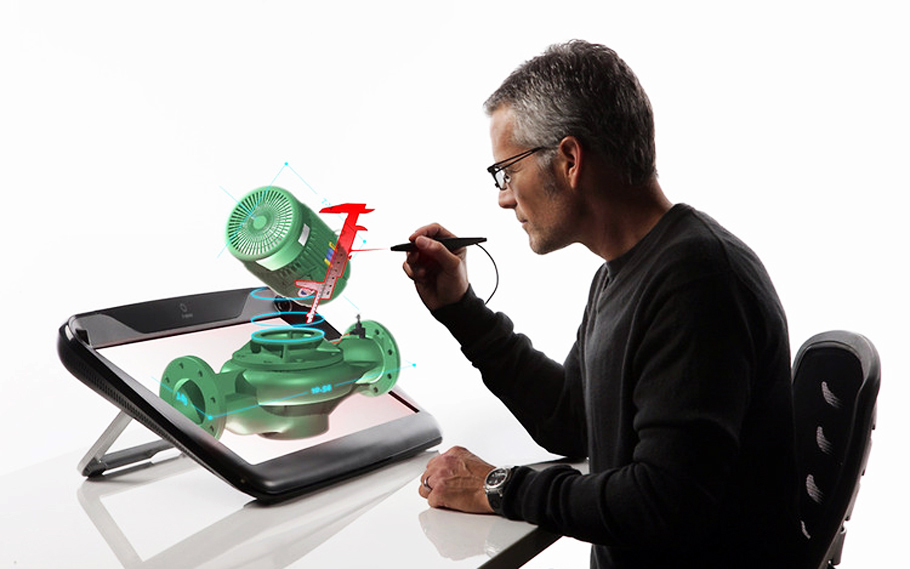 5" x 20" x 11" (weight 29lbs.)
5" x 20" x 11" (weight 29lbs.)
Class 1 Laser Product regulated under EN 60825-1:2007
Red laser - 600-650nm, 20mW (laser cutoff when hood open)
Input for making holograms
Each hologram for printing needs a simple set of perspective images, which provides the 3D viewpoints or "look around" information. This can come from many sources including:
- Sketchfab - almost anything that you can put on Sketchfab, you can print on the 3D Hologram Printer. They've now got over 3 million users, and 500K free models, so that's a lot!
- Smartphone 3D-capture apps like Qlone - we like Qlone, but there are many others for capturing objects and even people with your smartphone in 3D.
- Video pan-around - capture a video with your device following our guidelines, and the necessary perspective images can be extracted from the video frames for hologram printing.
- 3D software rendering - utilize your favorite 3D graphics package and render the perspective images with virtual camera.
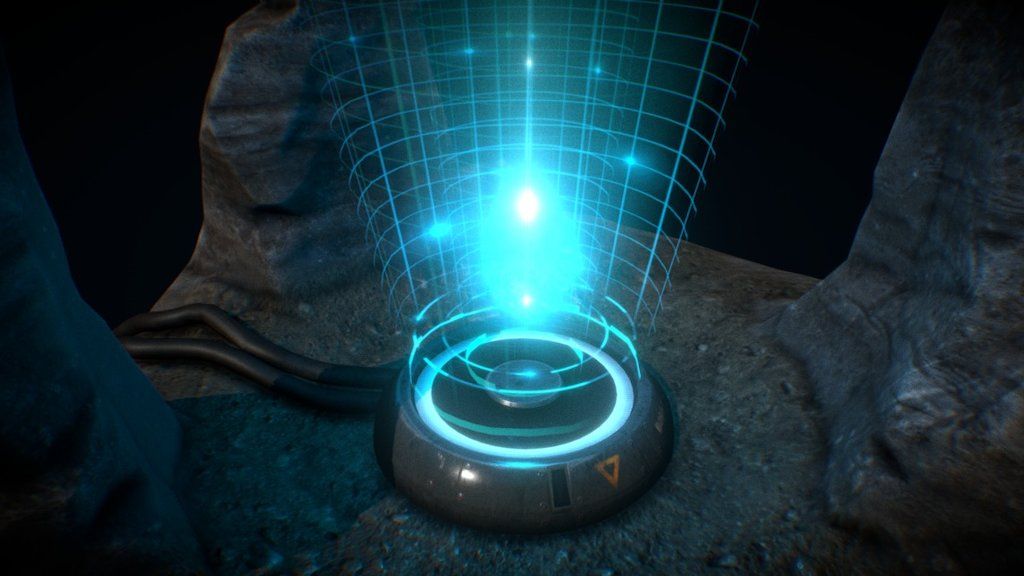
- Camera slider, dolly shot, or rail capture - if you've got some simple camera tools, you already have everything needed to capture great holograms. If you don't, we have a Hologram Capture Rail Unit as an add-on that will let you capture hologram portraits and more.
- And many more...
Self-developing Hologram Film
LitiHolo film plates are a self-developing material that makes clear, bright holograms, without any post-processing or developing chemicals. As the film is exposed, it develops at the same time. When the exposure is complete, the active materials in the film have been used up, and the hologram can be viewed immediately without waiting.
Making holograms has never been this easy!
Each film plate records one hologram, and additional film plates can be purchased separately. LitiHolo film plates have been used in educational workshops for Verizon Innovative Learning Labs, consumer hologram kits, college-level physics courses, art projects and research labs around the world. For film sizes, details and specs, see the LitiHolo Hologram Film page.
For film sizes, details and specs, see the LitiHolo Hologram Film page.
Accessories and extras
Hologram Display Unit
To really show off your 3D Hologram Printer and your holograms, add our Hologram Display Unit. This is the same display you see in the video. It's stylish and functional, giving your holograms a great showcase.
Fits holograms up to 4" x 5" with just the right LED spotlighting to really make people say "Wow!" when they see your holograms.
Hologram Rail Capture Unit
To help capture people, landscapes, and your own 3D visions, add our Hologram Rail Capture Unit. Attach your camera or smartphone to the mount, and the motorized rail slider will help provide the camera angles needed for your 3D Hologram Printer to create hologram portraits and much more.
What is a hologram?
Professor Steve Benton was a pioneer in the field of holography, the founding head of the MIT Media Lab Spatial Imaging Group, and the inventor of the rainbow hologram found on most credit cards.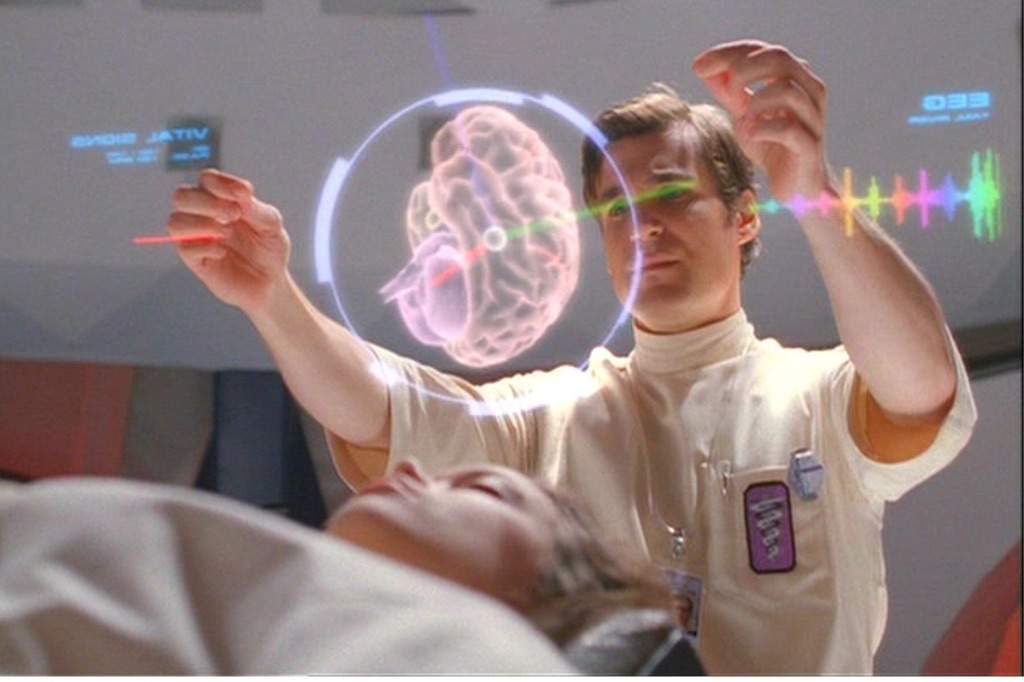 Here is his definition of what a hologram is:
Here is his definition of what a hologram is:
"Holography has come to take on two meanings in our culture. Firstly, it means wavefront reconstruction by interference and diffraction/reflection. More widely, it has come to mean the ultimate 3D imaging method of the future, and it stands as an optimistic hope for the progress of our science and technology relating to everyday life." - The Art and Science of Holography
Our 3D Hologram Printer meets both of these definitions!
The LitiHolo 3D Hologram Printer makes holograms by capturing the interference pattern formed by two laser beams (object beam and reference beam) onto hologram film. The 3D image is reconstructed by light hitting the captured pattern and diffracting light back into the original object beam direction, reconstructing the original wavefront of the captured object. This is the same fundamental concept that won the Nobel Prize in Physics 1971 for the discovery of holography, awarded to Dennis Gabor.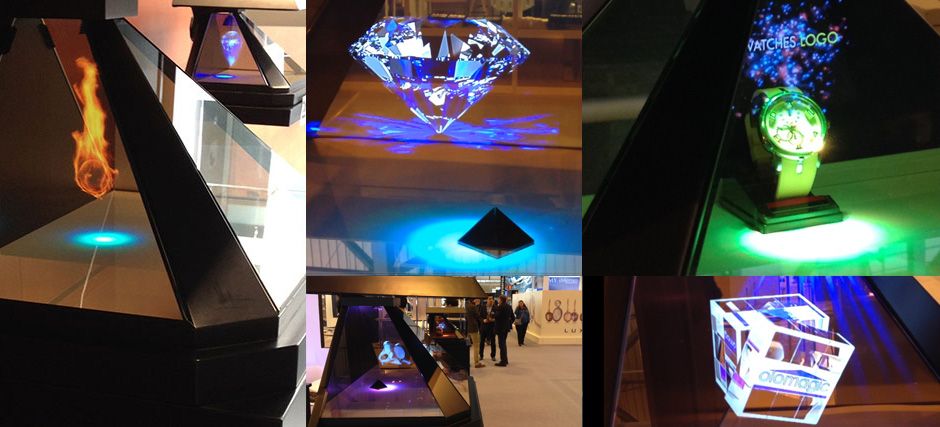
Many other things are often called "holograms", but are in fact lenticular displays (lens sheet), simple stereoscopic 3D (headsets and glasses), or Pepper's ghost effects (200-year-old optical illusion by simple reflection). "Lightfield" is a relatively new term to describe some 3D displays, and while holograms can be considered a subset of lightfield displays, very few lightfield displays are currently holograms.
A new access to hologram technology
There are other 3D technologies out there, and they can be very good for their purpose, or just to grab your interest for a few moments. But true hologram technology has the ability to actually deliver on a wealth of new ideas and is still at the early stages of what’s even possible.
It’s a little like the early stages of the personal computer, or the beginning of the more recent 3D printing revolution. This is a new tool that gives people access to hologram technology at a whole new level, and lets them think differently, express themselves differently, and visualize differently.
We can’t wait to see how access to a 3D Hologram Printer helps to create the next generation of hologram engineers, hologram artists, and hologram entrepreneurs.
Pre-Order Now!
Kickstarter Project Page
And for more on our 3D Hologram Printer journey, take a look at our New Directions blog post, see our Buzz Lightyear test hologram teaser post, see the early design sketches post, the sneak peek of one of the prototypes, the preview picture from our video shoot, and the sneak peek of our Kickstarter video.
LitiHolo Has Developed the First Desktop 3D Hologram Printer
LitiHolo, a company that bills itself as a global leader in hologram technology and production, has today unveiled its Desktop 3D Hologram Printer. This device, a first of its kind, allows anyone to print true three-dimensional holograms in a home or office setting.
Similar to the hologram technology offered by Looking Glass Factory, the LiteHolo holograms can be seen without headsets or glasses and can be easily shared with others.
The Desktop 3D Hologram Printer takes multiple perspectives images — captured from a camera, video footage, or computer-rendered — and slices them into unique recordings for each individual pixel on the hologram that it calls a “hogel” or “hologram element.” The printer can then optically encode that information with a laser onto a special hologram film. The finished product recreates many different perspectives as if the 3D image is actually there, giving you the ability to look around the image to see different angles.
“Holography has evolved a great deal in the 60 years since its introduction and we view our Desktop 3D Hologram Printer as an important next step in bringing this technology to the masses,” said Paul Christie, LitiHolo CEO. “For the first time, the power to create true holograms will be accessible to anyone with one of our printers, which opens up a whole new world of hologram possibilities.”
LitiHolo says that beyond recreational use, it believes its Desktop 3D Hologram Printer can be a catalyst for holography to impact industries such as architecture, engineering, and entertainment.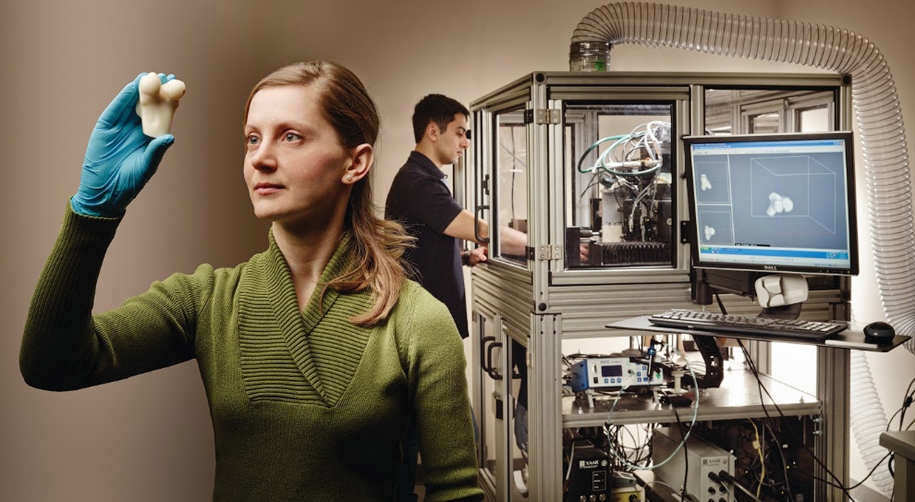
The development of the Desktop 3D Hologram Printer is a major milestone in LitiHolo’s quest to make true hologram technology more accessible. Previously, LitiHolo produced hologram kits sold nationwide in Barnes & Noble stores as well as a full-color version sold online and at retailers worldwide. LitiHolo also manufactures an array of holography film that allows for hologram production without the use of chemicals.
LitHolo has chosen to use Kickstarter to launch the Desktop 3D Hologram Printer. Early backers can get it for up to 50% off the final retail price at $800 with an estimated delivery time of September of 2021. Two further batches offer slightly lowered discounts and will ship in October and November, with a final production run aimed for December. At the time of publication, the first two production runs already sold out, with only the November batch still available along with the final December production run.
Holograms are clearly popular in some circles, as LitiHolo already raised almost $100,000 in backing at the time of publication and the Looking Glass Portrait raised over $2. 5 million from its Kickstarter last December.
5 million from its Kickstarter last December.
Disclaimer: Make sure you do your own research into any crowdfunding project you’re considering backing. While we aim to only share legitimate and trustworthy campaigns, there’s always a real chance that you can lose your money when backing any crowdfunded project.
Lumii 3D technology allows you to print color holograms on regular office printers
News
As it turns out, 3D technologies are available in almost any office. A startup called Lumii has developed an optical algorithm that allows users to print color holographic photographs on regular inkjet printers.
The technology was demonstrated at the California conference on computer graphics and interactive technologies "Siggraph 2016". Visitors underwent a 3D scanning procedure, the obtained data was processed by special algorithms, after which 3D images were printed on an Epson color printer, a common office device.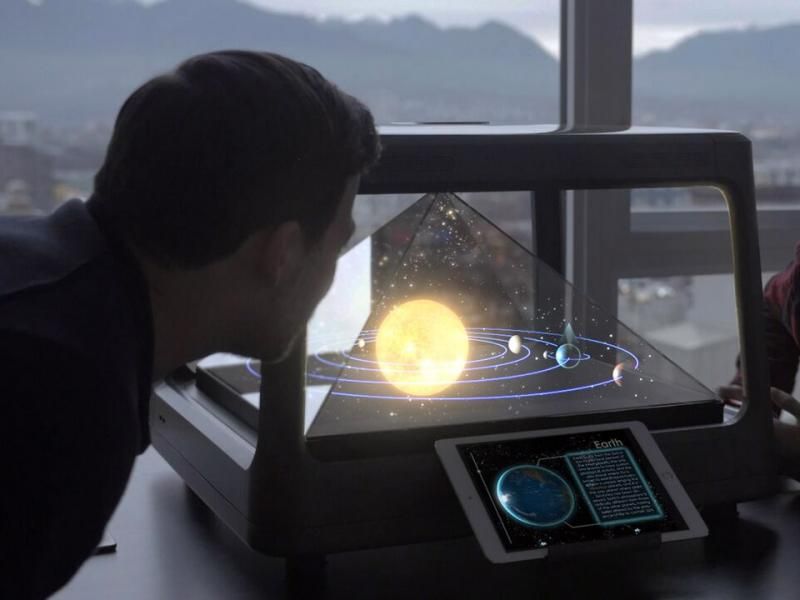 After combining two pictures printed on a transparent film, the guests received holographic self-portraits.
After combining two pictures printed on a transparent film, the guests received holographic self-portraits.
Typically, a three-dimensional effect is achieved by special lenses or relief layers applied over the image. Lumii, on the other hand, uses quite ordinary materials and equipment, backed up by a special algorithmic engine. The resulting "printouts of light fields" have the effect of full three-dimensional parallax, so you can admire the hologram from any angle.
The company's founders are three MIT alumni: Tom Baran, Matthew Hirsch and Daniel Leitinger. “One of the longstanding goals of display developers is to create screens with image quality that is indistinguishable from reality. Our research is aimed at creating high-resolution automultiscopic light fields with vertical and horizontal parallax,” the developers explain.
The two main advantages of the new technology are low cost and high quality.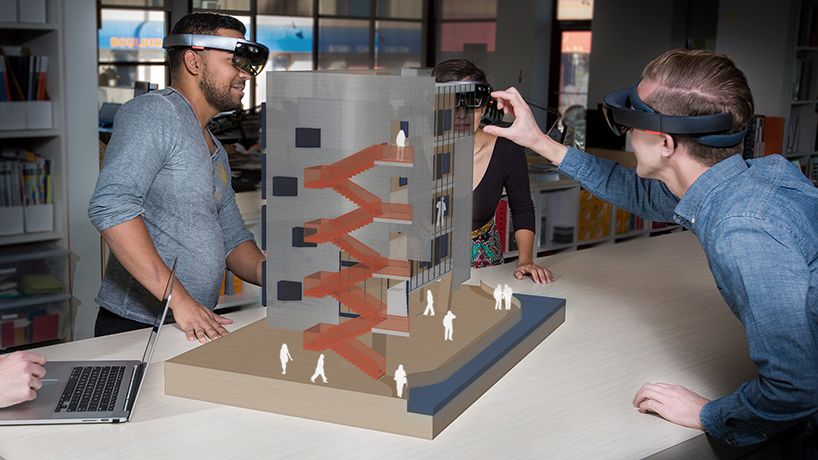 “Instead of specialized optics or lenses, we algorithmically process 3D models - like those that work with AutoCAD or other CAD editors - into special drawings. Then we print the images, overlay them on top of each other and get a three-dimensional effect,” says Baran.
“Instead of specialized optics or lenses, we algorithmically process 3D models - like those that work with AutoCAD or other CAD editors - into special drawings. Then we print the images, overlay them on top of each other and get a three-dimensional effect,” says Baran.
Initial 3D models can be created using fairly inexpensive 3D scanners such as Microsoft Kinect One, Intel Realsense F200 or Structure Sensor. The data is processed by the Lumii algorithmic engine and printed on film. Using a photo printer, you can get a high-resolution three-dimensional image in just fifteen minutes. The idea turned out to be such a hit that the developers had to print several hundred holograms at the conference.
The development has excellent commercial potential.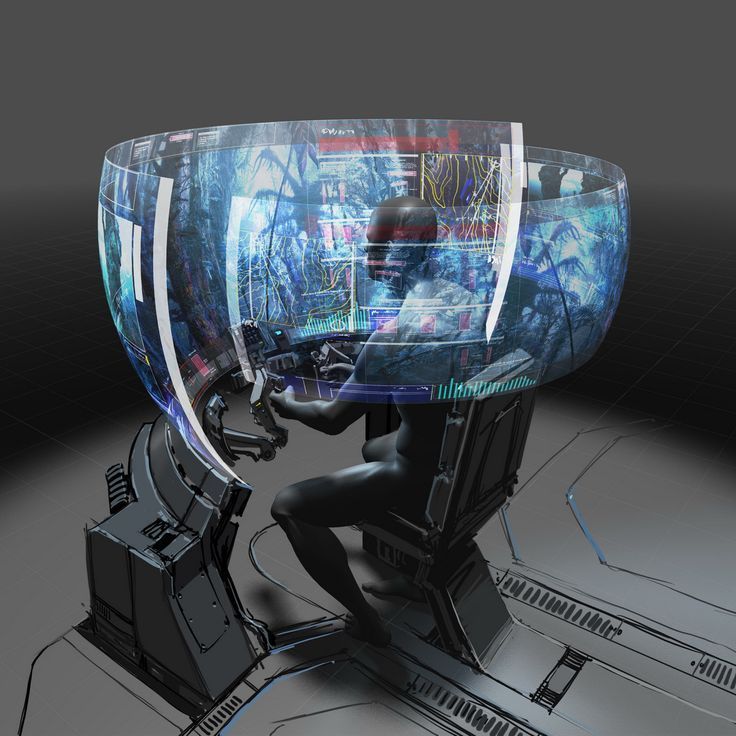 According to the creators, low-cost, high-quality digital and projection screens with light field optimization technology will open up new opportunities in human-computer interaction, 3D printing and industrial additive manufacturing, medical diagnostics, advertising, augmented reality, visual arts, and so on. Moreover, the implementation requires only inexpensive, publicly available equipment.
According to the creators, low-cost, high-quality digital and projection screens with light field optimization technology will open up new opportunities in human-computer interaction, 3D printing and industrial additive manufacturing, medical diagnostics, advertising, augmented reality, visual arts, and so on. Moreover, the implementation requires only inexpensive, publicly available equipment.
The commercial sector has already shown interest in the new development: advertising and marketing companies were the first to jump on the idea. “In a few months, we will launch a service for printing holograms for advertising stands and signs. It will be possible to order a hologram on a rigid tab, insert it into a lightbox and get a colored holographic advertisement,” explains Baran. So far, the team is improving the web interface, with the help of customers will be able to upload 3D models for further processing and printing. You can sign up for alpha testing at this link.
You can sign up for alpha testing at this link.
Do you have interesting news? Share your developments with us, and we will tell the whole world about them! We are waiting for your ideas at [email protected].
Follow author
Follow
Don't want
6
More interesting articles
ten
Subscribe to the author
Subscribe
Don't want
Scientists of Sechenov University, Baikal Institute of Nature Management, Siberian Branch of the Russian Academy of Sciences...
Read more
eight
Subscribe to the author
Subscribe
Don't want
The F2 Gigantry system will allow manufacturing companies, in particular aerospace companies, to.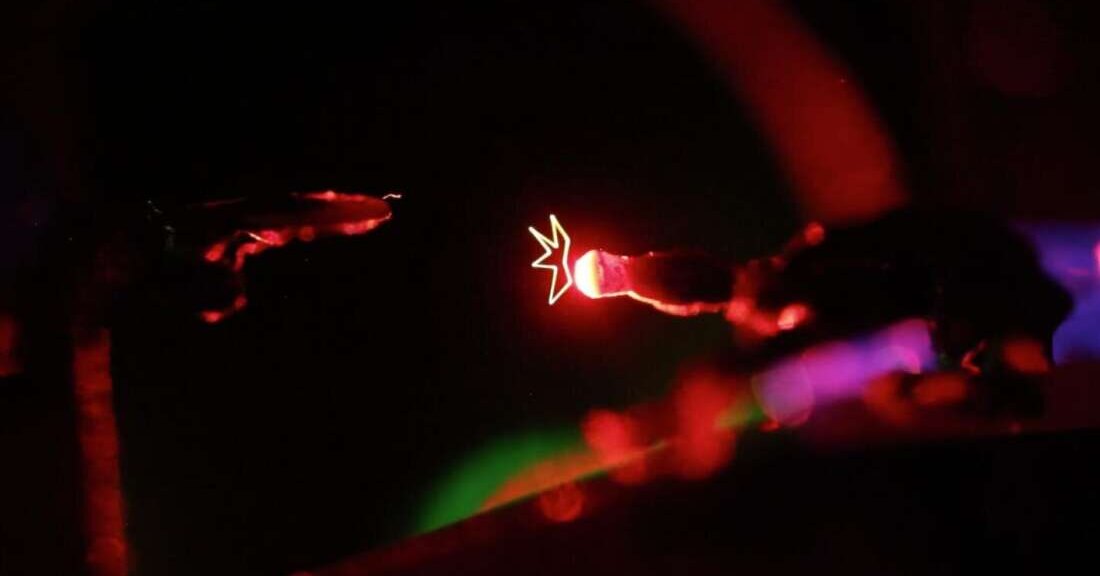 ..
..
Read more
82
Subscribe to the author
Subscribe
Don't want
Collaboration 3D
We are pleased to present you our joint development with Speci...
Read more
New technology turns 3D holograms into reality
Advanced holographic technology is incredibly close to reality.
The hype around VR and AR headsets has spread over the last decade, but they have yet to gain more support than TVs or computer screens as a traditional interface for digital media. Aside from the cost, the main reason for this is simply the disorienting nature of wearing a device that simulates a 3D environment that many people suffer from. But technology is rapidly updating 60-year-old technology.
Holograms you can touch and feel
More recently, MIT researchers have developed a new way to create holograms with near-real-time accuracy using an ultra-high efficiency learning method. Efficiency is key to this discovery because the new neural network allows holograms to run on a laptop and possibly even a newer smartphone.
Efficiency is key to this discovery because the new neural network allows holograms to run on a laptop and possibly even a newer smartphone.
Researchers have been working on creating viable computer holograms for a long time, but most of the models required a supercomputer to run physical simulations. This takes a long time, and usually results in holograms with disappointing fidelity.
Thus, the work of MIT researchers has been focused on overcoming these obstacles. “People used to think it was impossible to perform real-time 3D holography calculations with existing consumer-grade hardware,” said study lead author Liang Shi, who is also a doctoral student in the MIT Department of Electrical Engineering and Computer Science (EECS). ) in the MIT blog post. “It is often said that commercially available holographic displays will be in 10 years, but this statement has been around for decades.”
Shi believes that a new technique called "tensor holography" will finally bear fruit in the form of holograms in the near future.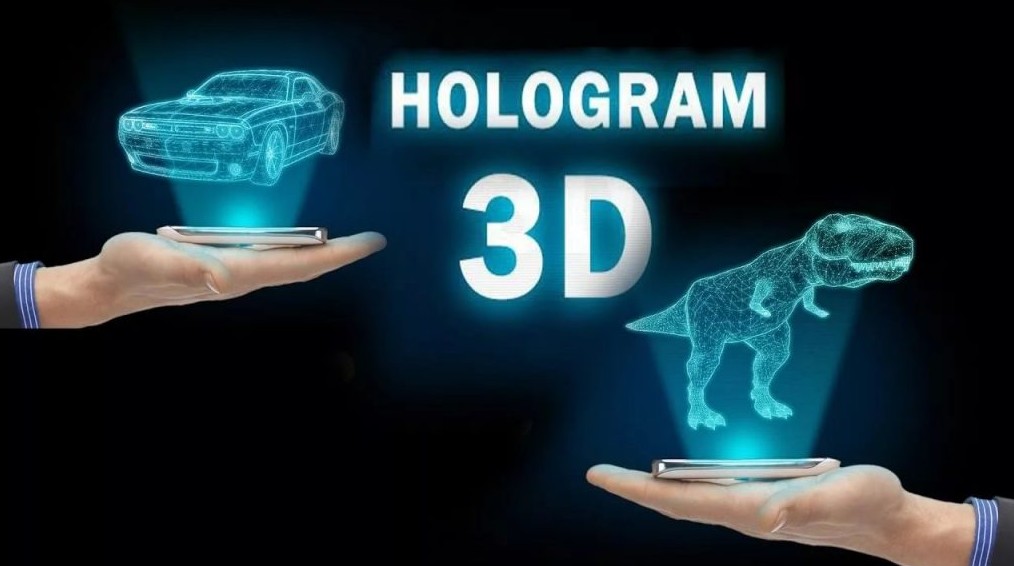 If the researchers' new approach works, advances could revolutionize areas like 3D printing and virtual reality. And that was a long time ago. In 2019, scientists created a "tactile hologram" that people can see and hear. The system, called Acoustic Trap Multi-Model Display (MATD), includes an LED projector, foam, and a speaker array. The speakers emit waves at an ultrasonic level that hold the bead in the air and move it fast enough to give the impression that it is moving and reflecting light from the projector. Humans can't hear it, but the bead's mechanical movement can be picked up and focused to stimulate human ears for sound, "or stimulate your skin to feel," explained Martinez Plasencia, MATD co-author and researcher. 3D user interfaces at the University of Sussex, in a University of Sussex blog post.
If the researchers' new approach works, advances could revolutionize areas like 3D printing and virtual reality. And that was a long time ago. In 2019, scientists created a "tactile hologram" that people can see and hear. The system, called Acoustic Trap Multi-Model Display (MATD), includes an LED projector, foam, and a speaker array. The speakers emit waves at an ultrasonic level that hold the bead in the air and move it fast enough to give the impression that it is moving and reflecting light from the projector. Humans can't hear it, but the bead's mechanical movement can be picked up and focused to stimulate human ears for sound, "or stimulate your skin to feel," explained Martinez Plasencia, MATD co-author and researcher. 3D user interfaces at the University of Sussex, in a University of Sussex blog post.
In conventional lens photography, the brightness of each light wave is encoded, allowing the photograph to reproduce colors with high fidelity, but this only gives us a flat 2D image.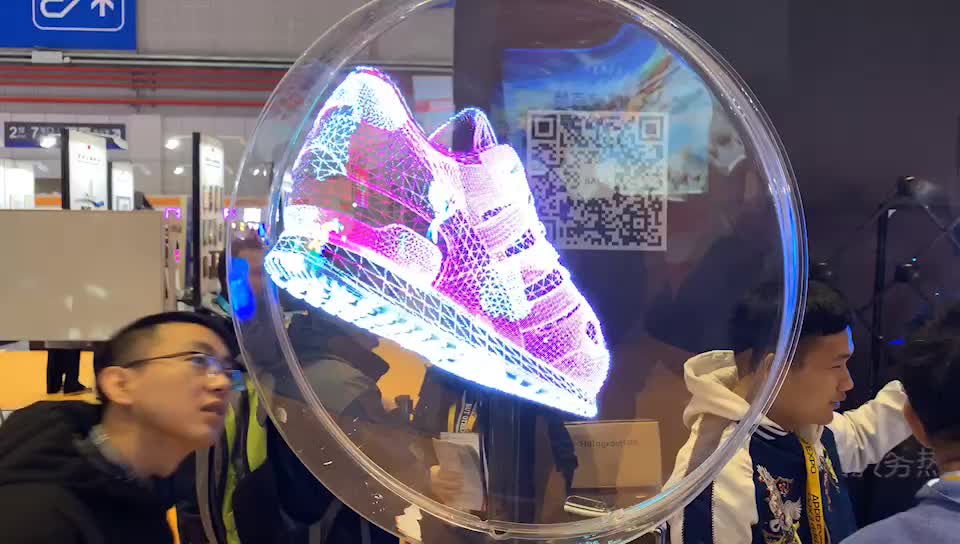 In contrast, holograms encode the brightness and phase of each light wave, resulting in a more accurate representation of depth and parallax. For example, a hologram could transform Monet's Water Lilies into a special 3D texture, capturing each brushstroke instead of highlighting the color palette of the artwork. While it may sound impressive, creating and sharing holograms is extremely difficult.
In contrast, holograms encode the brightness and phase of each light wave, resulting in a more accurate representation of depth and parallax. For example, a hologram could transform Monet's Water Lilies into a special 3D texture, capturing each brushstroke instead of highlighting the color palette of the artwork. While it may sound impressive, creating and sharing holograms is extremely difficult.
To overcome the laborious process of entering advanced physics, Shi's team, who conducted a recent study, decided to let the computer teach physics by itself. They have dramatically accelerated the creation of computer holography with deep learning artificial intelligence by developing their own convolutional neural network.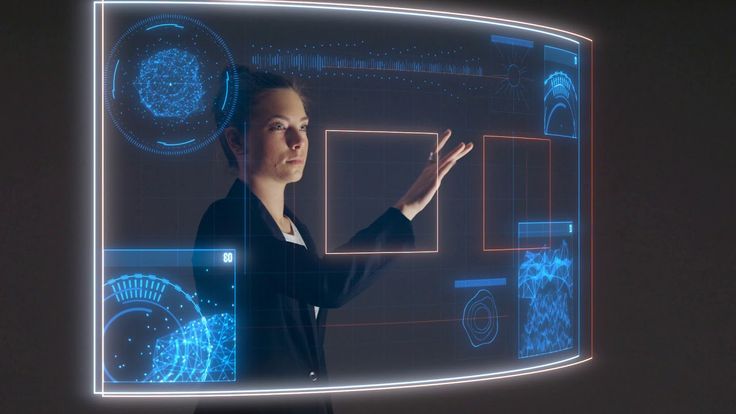 Neural networks use a chain of trainable tensors to mimic how humans perceive visual information, and this usually requires a large, high-quality dataset. And the researchers created their own database of 4,000 pairs of computer images, where each pair was matched with an image, according to each pixel's depth and color information, with a partner hologram. Various and complex shapes and colors were used, distributing pixels evenly between foreground and background. The occlusion was overcome with the help of physics-based calculations. At the same time, the algorithm was a great success, creating holograms orders of magnitude faster than calculations based on physics.
Neural networks use a chain of trainable tensors to mimic how humans perceive visual information, and this usually requires a large, high-quality dataset. And the researchers created their own database of 4,000 pairs of computer images, where each pair was matched with an image, according to each pixel's depth and color information, with a partner hologram. Various and complex shapes and colors were used, distributing pixels evenly between foreground and background. The occlusion was overcome with the help of physics-based calculations. At the same time, the algorithm was a great success, creating holograms orders of magnitude faster than calculations based on physics.
“We are amazed at how well it works,” Matusik said in a blog post. In just milliseconds, tensor holography successfully generated holograms from images using depth information. This was extracted from images encoded with depth information created with conventional computer images that engineers can compute with a multi-camera sensor or a LiDAR sensor (new smartphones already have these).


